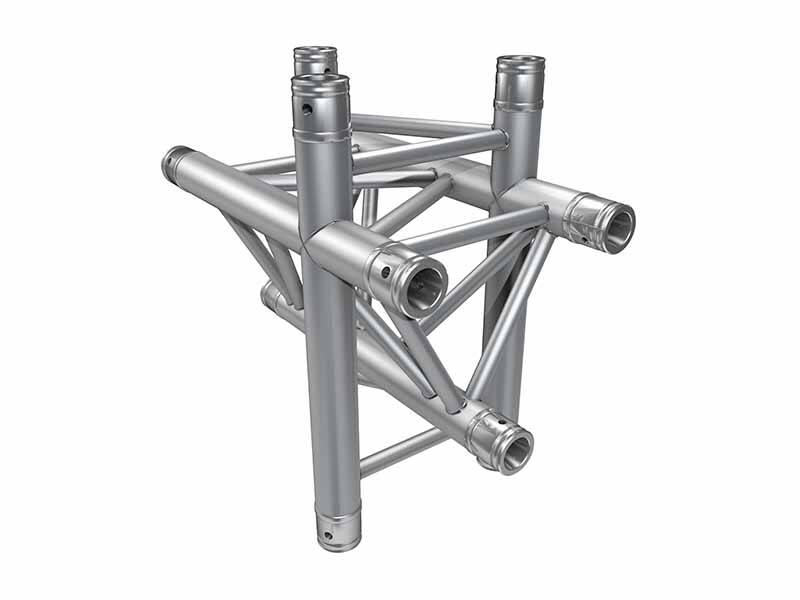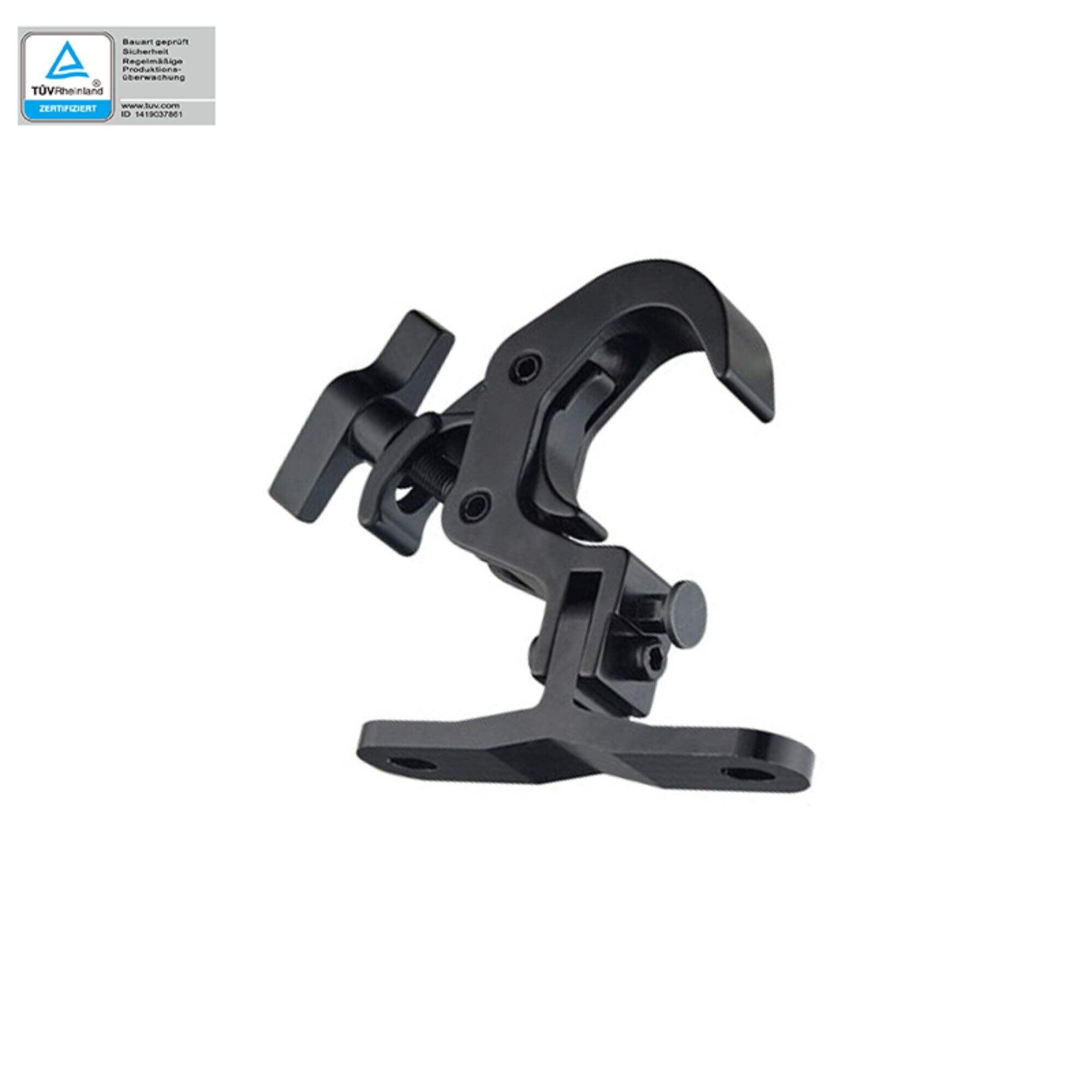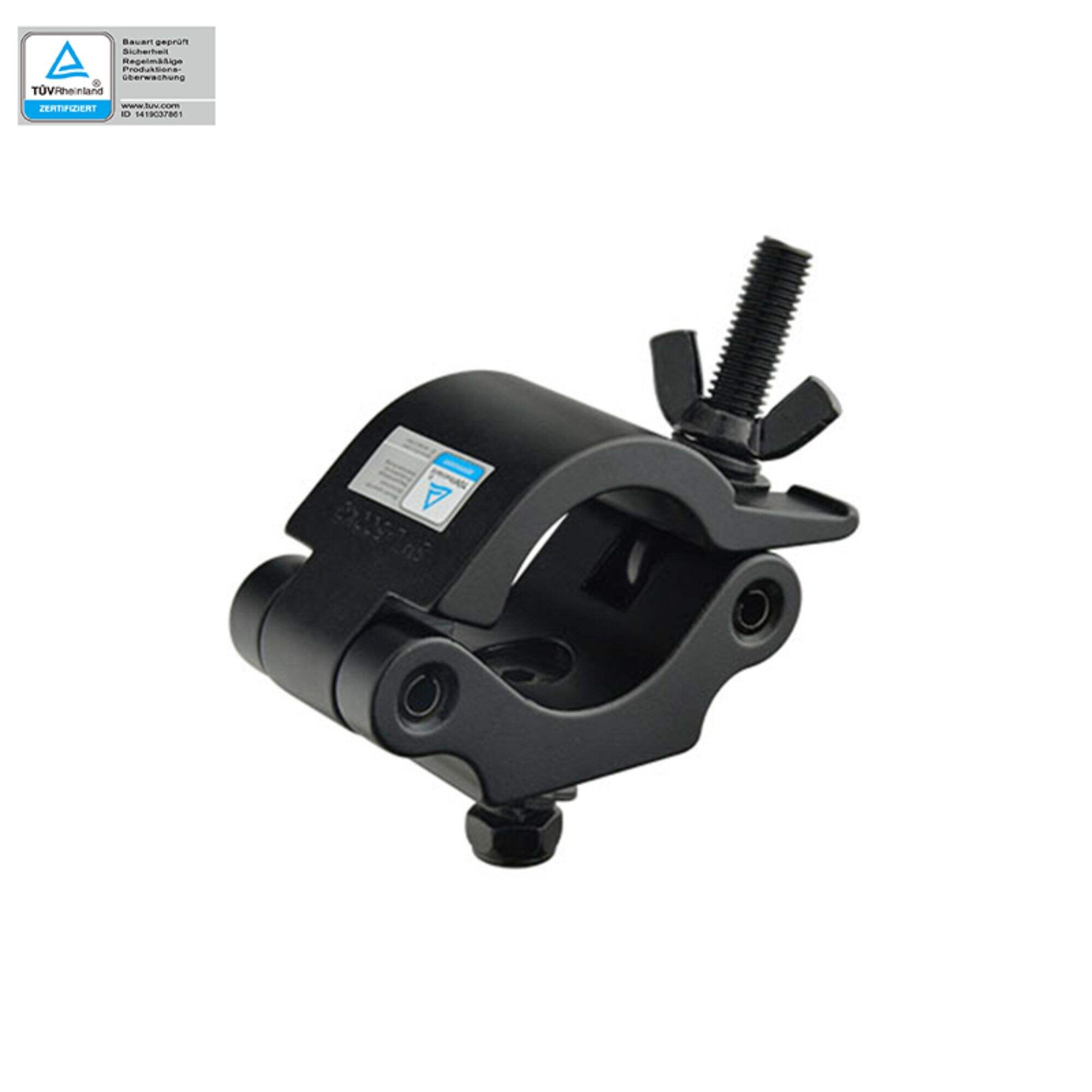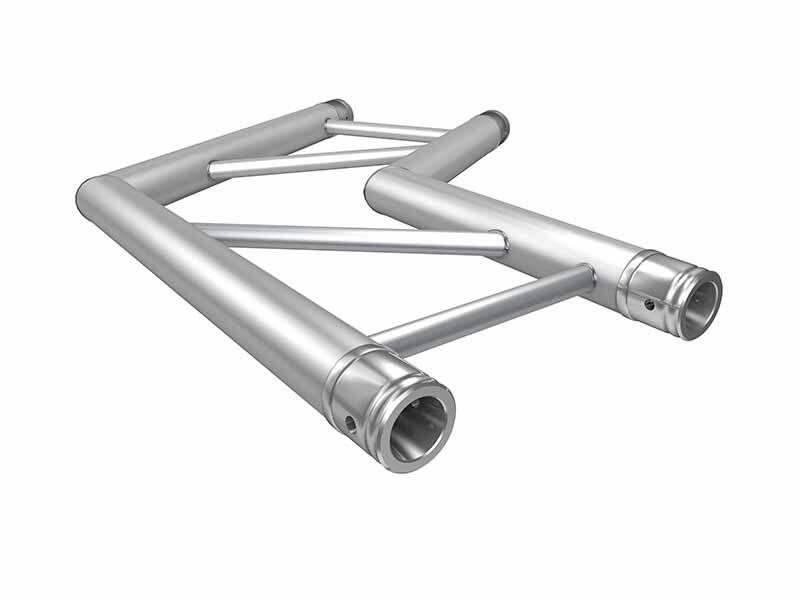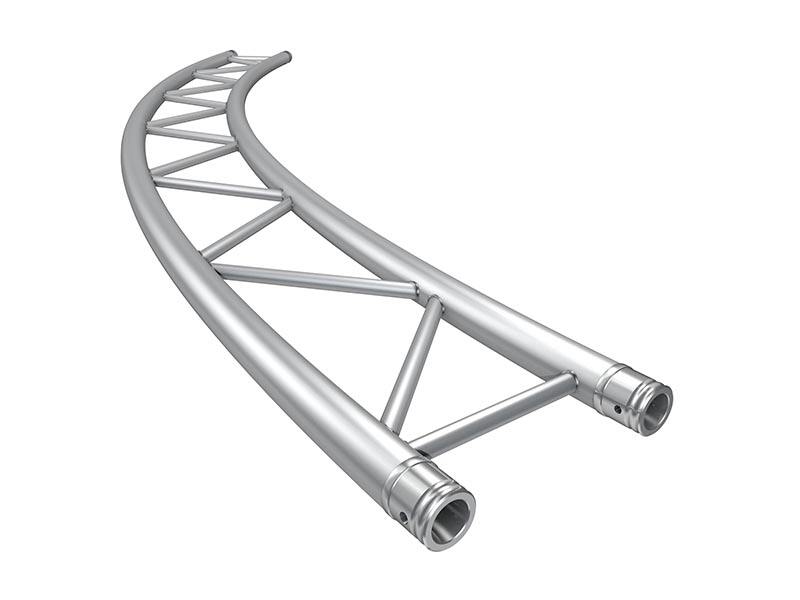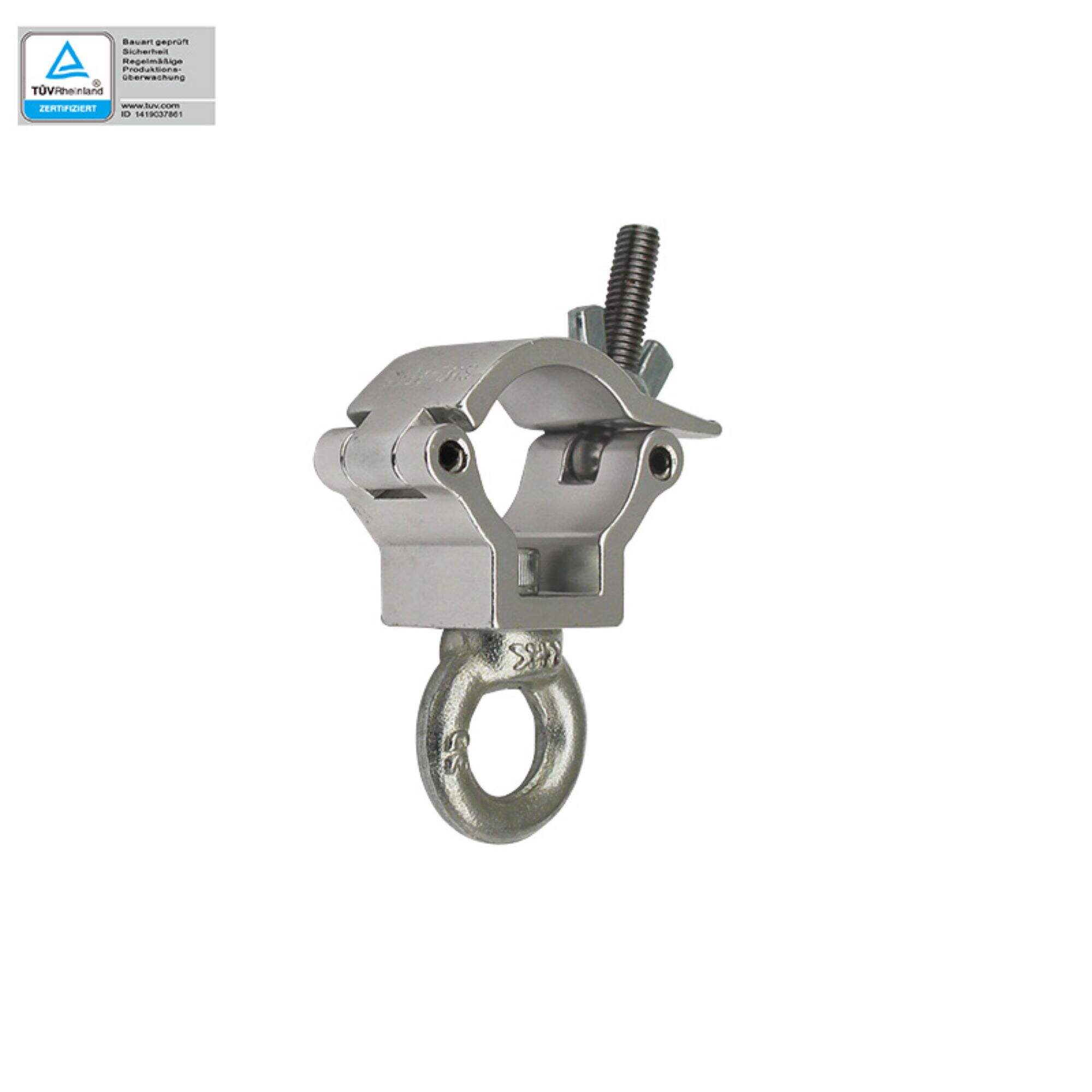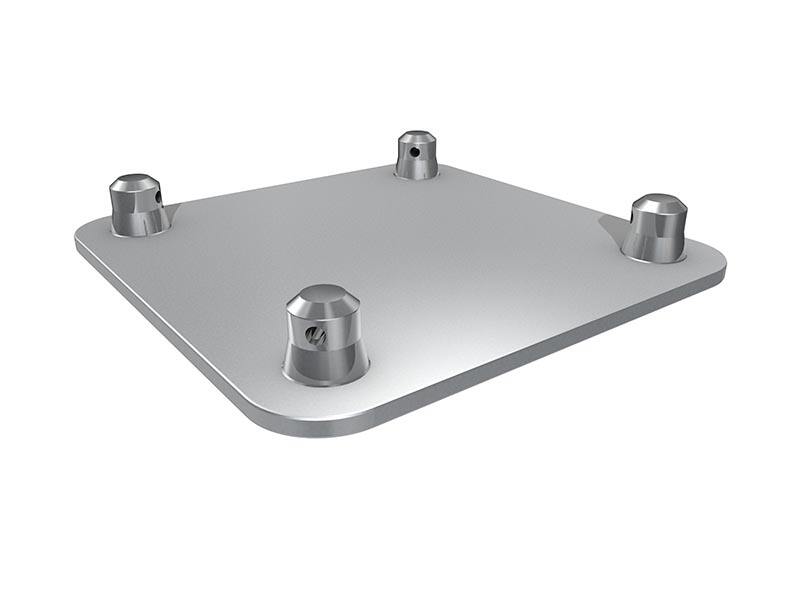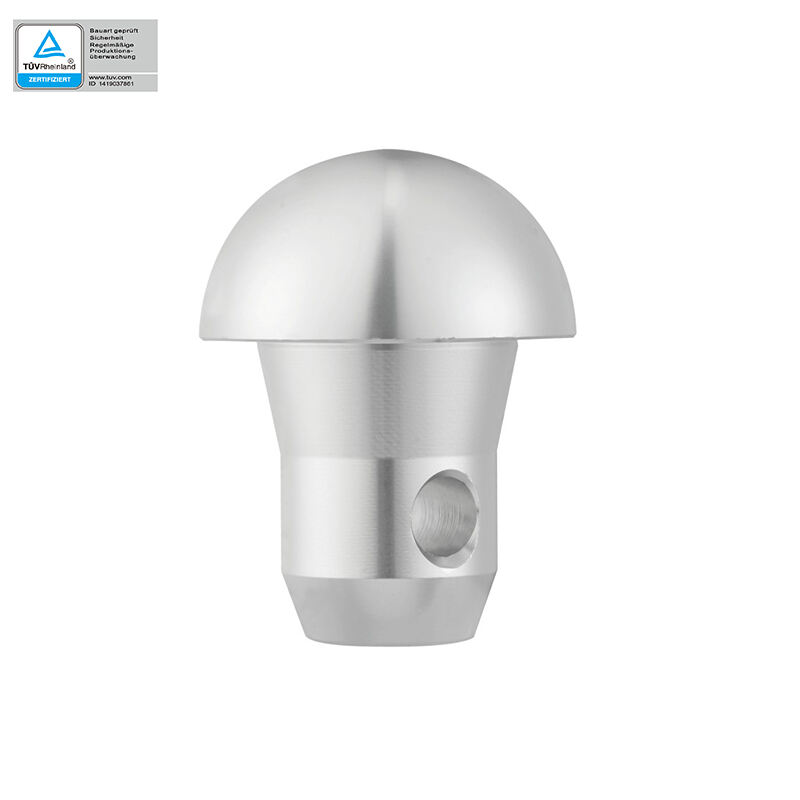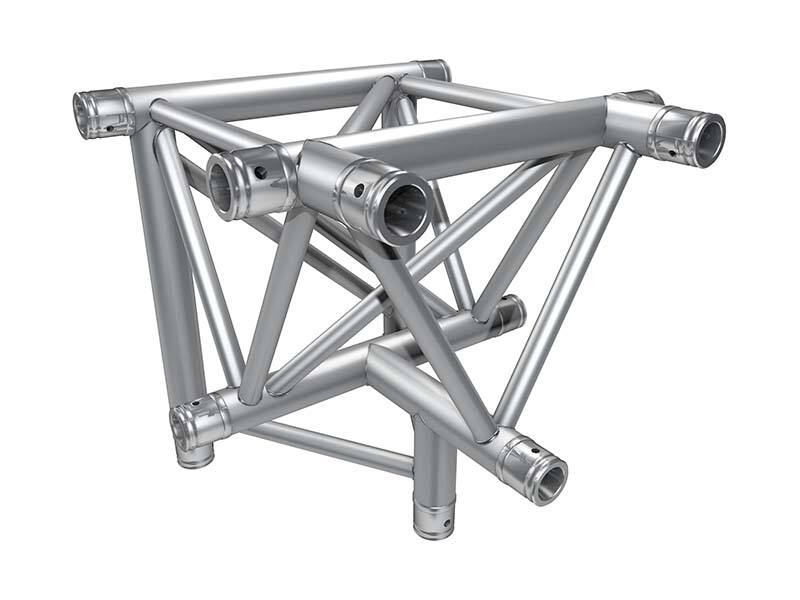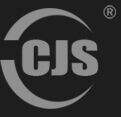Truss Terminology: Understanding the Components of These Essential Structures
1、Main Structural Elements of the Truss
1.1 Main Uprights
Main uprights are vertical members that are perpendicular to the upper and lower horizontal elements. They are responsible for resisting and transferring almost all loads to the building’s foundation. In a truss system, main uprights are typically made from high-strength aluminum alloys for stability and endurance.
1.2 Top and Bottom Chords
Top and bottom chords also run horizontally but unlike the chord members, they are parallel along the height of the truss. Their upper and lower ends are connected by these chords to the top and the base of the main uprights, respectively. The purpose of these chords is to provide additional strength and rigidity in trusses where bending action takes place.
1.3 Web Members
Web members are those diagonal members which are connecting the top and bottom chords and the main vertical members of truss. Their main function is to sustain the load of the truss and to do that, they change the compressive force induced on the diagonals into tensile force. The configuration and distribution of the web members vary depending on what truss design it is and how it is utilized.
1.4 Knuckle Joints
Using knuckle joints, it is possible to mount the individual members of the truss securely in place. These facilitate putting structures together or taking them apart without compromising on the quality of the structure. Quality knuckle joints are important as they help in maintaining the stability of the truss while in use.
2、Types of Trusses
2.1 Portal Trusses
Consisting of two parallel chords joined by vertical webbing to form one portal like frame followed in construction by one more triangular layer or frame in search for extra stability are the portal trusses. They are also used around doorways, etc, where arch construction is needed, but there are no side supports.
2.2 Pratt Trusses
What it is called a pratt truss is characterized by incorporating an intermediate vertical member such that the side view will display two triangles. This structure gives extra load evaluation for application on longer spans to the extent of accommodating bigger weights than the portal trusses.
2.3 Warren Trusses
The Warren trusses have a number of inter-joined triangles extending throughout the trusses’ length bearing a radial flex combined with radial strengthening looking from different angles. They are necessary in huge places where changeable structures will be needed.
3、Accessories and Add-ons
3.1 Base Plates and Footings
Base plates and footings are an important part in maintaining the added truss to the ground to allow for safe load distribution and tippage or shifting prevention. When they are properly designed they provide stability against shifting to some mild slopes or against other hard plain surfing.
3.2 Guy Lines and Anchors
Guy lines and anchors prevent, and provide support for the trusses’ arms against wind and other environmental unfavourable factors. The guy lines can be fixed to strategic points on the quarrel and anchored firmly to the earth surface to offer extra support to the assembly.
3.3 Lighting Fixtures and Mounts
Lighting fixtures and mounts allow the direct installation of lighting appliances onto the truss for efficient event space lighting. These accessories differ in style and design to fit and protect different lighting equipment safely from falling off.
Hot News
-
The Application Scenarios Of Lighting Hooks And Trusses
2023-12-14
-
Market Analysis Of Lighting Hooks And Trusses
2023-12-14
-
The Essence Of Lighting Hooks And Trusses
2023-12-14
-
An In-Depth Look At Lamp Hooks And Truss Products
2023-12-14
-
Light Hooks And Truss Products: A Niche But Vital Industry
2023-12-14

 EN
EN
 AR
AR
 BG
BG
 HR
HR
 CS
CS
 DA
DA
 NL
NL
 FI
FI
 FR
FR
 DE
DE
 EL
EL
 HI
HI
 IT
IT
 JA
JA
 KO
KO
 NO
NO
 PL
PL
 PT
PT
 RO
RO
 RU
RU
 ES
ES
 SV
SV
 TL
TL
 ID
ID
 LT
LT
 SK
SK
 UK
UK
 VI
VI
 SQ
SQ
 GL
GL
 HU
HU
 TH
TH
 TR
TR
 FA
FA
 MS
MS
 GA
GA
 IS
IS
 MK
MK
 EU
EU
 KA
KA
